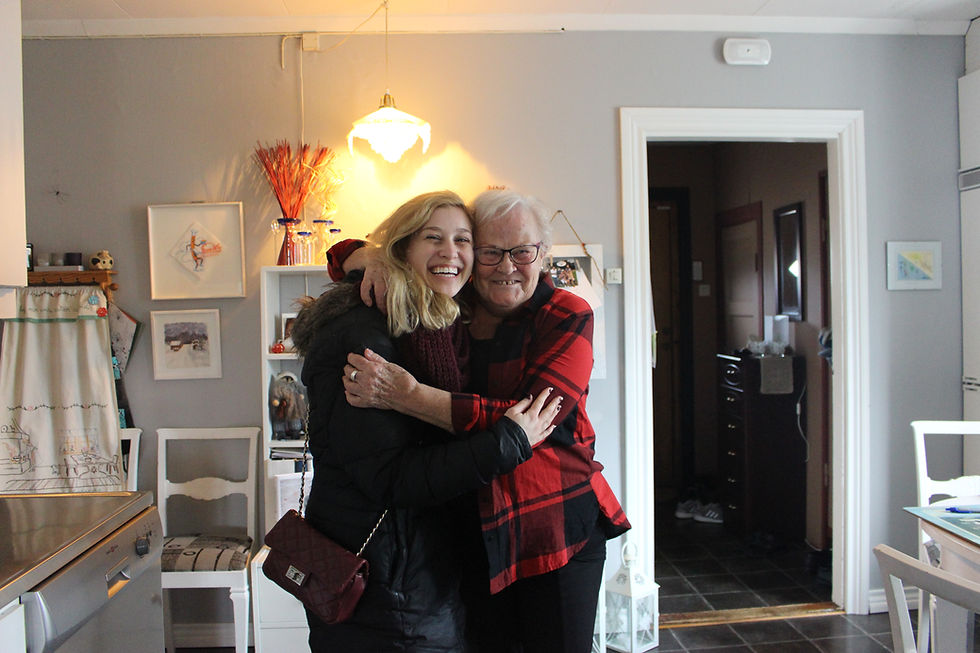Museums and the people who made the history
- michelleandersen7

- Aug 15, 2017
- 3 min read
"Along this trip, I have met many local people who took a stand and made history when they were half my age."
Our study abroad trip starts with 2 weeks in South Africa, including Johannesburg, the Eastern Cape, and Cape Town. Along this trip, I have met many local people who took a stand and made history when they were half my age. On June 16th, 1976, there were uprisings about the education system in Soweto, an area of South Africa. Basically, the schools were going to force the students to learn in Afrikaans alongside English by a 50/50 ratio. The school system was being used to “train and fit” Africans for their inferior role in Apartheid society. (Apartheid was the legal separation and discrimination of races. Think Jim Crow laws in the 1960s in America with more violence and the requirement for non-whites to carry a passbook. Separate facilities, living areas, and entrances because obviously that’s “equal,” in the government’s bounds to decide, and a good use of limited resources).

Many students were enraged by this change to their education, especially since it was expensive for their families and their only hope to get out of poverty. As a dedication to the students who were shot on June 16th, despite it being a peaceful protest, there is the Hector Pieterson museum. His older sister, Antoinette, talked about how Hector was too young to understand what was happening. When she found him in the crowd, she tried to pull him by her side and keep him safe. In the confusion and tear gas released by the police, she lost track of him. She did not see him again until he had already been shot. She saw a boy run past with a dangling leg where she recognized her brother’s shoe connected to this limp body. He was 12 at the time and she was 17. Many of the students were forced into hiding, including Mbuyisa Makhabo, the boy who picked up Hector’s lifeless body.

The next day, we went to the Apartheid Museum. Each guest receives a card declaring their race as white or non-white. This determines which door you enter into, which reflects during the time of Apartheid how an idea of superiority was upheld by separating different races.
Once you enter, you are able to see through the walls so that you can see the members of your group as well as other humans at the museums whom you were arbitrarily separated from. Looking at my classmates through the grate walls, I reflected on what life would be like if I wasn’t allowed to be friends with or even know them.

The most striking sign was a report on how 1,000 people had their race changed in one year. Sounds ridiculous, right? Families were separated based on if a pencil stood up in someone’s hair or not- it was one of the distinctions between black and colored/mixed. Neighbors, co-workers, families etc. were separated by practices like these. Race is one of our individual characteristics that should be celebrated. Yet, for some reason, it has been manipulated throughout history to establish systems of oppression that become part of day-to-day life.
Museum participants are able to reconnect as they walk up a hill with mirror-like, reflective pictures of the people of South Africa. Inside there are small shadow boxes that tell each family’s story.
"Sometimes history feels like something from a book, but it’s important to remember that history is made by ordinary people who are living their day to day lives."

There is also a special exhibit on Nelson Mandela. It talks about his growth from a child to president by describing his characteristics as a leader, comrade, negotiator, prisoner, and statesman. As an iconic leader, it can be easy to forget that Mandela was a regular human as well. He was full of love and positive qualities as well as flaws. Overall, the museum was powerful because of its humanizing effect. Sometimes history feels like something from a book, but it’s important to remember that history is made by ordinary people who are living their day to day lives.






Comments